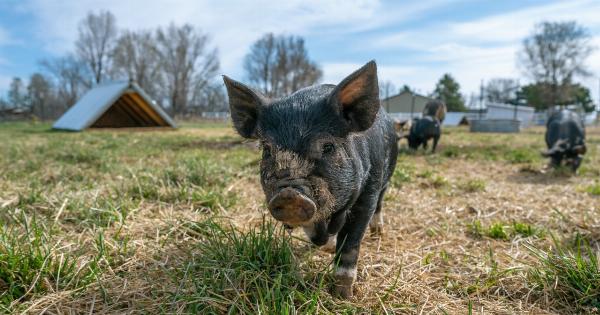The outbreak of H1N1 virus has left the world in shock as the death toll continues to rise. The World Health Organization (WHO) has declared a global H1N1 influenza pandemic and has called for urgent action to contain the spread of the virus.
The virus has claimed 94 lives so far, and the number is increasing every day.
What is H1N1?
H1N1 is a virus that causes swine flu. The virus is a combination of bird flu, swine flu, and human flu. It spreads from person to person and can cause mild to severe illness.
Symptoms of H1N1 include fever, cough, runny nose, sore throat, body aches, headache, chills, and fatigue.
How does it spread?
H1N1 spreads through coughing, sneezing, and close personal contact. You can also get infected by touching a surface contaminated with the virus and then touching your mouth, nose, or eyes. The virus can survive on surfaces for up to 48 hours.
Prevention and Control
The best way to prevent the spread of H1N1 is to get vaccinated. The vaccine is safe and effective and is recommended for everyone.
You should also practice good hygiene habits such as washing your hands frequently with soap and water, covering your mouth and nose while coughing or sneezing, and avoiding close contact with sick people.
If you do get sick with H1N1, stay home and avoid contact with others. Drink plenty of fluids, get plenty of rest, and take over-the-counter medications to relieve symptoms.
If you have severe symptoms such as difficulty breathing, chest pain, or confusion, seek medical help immediately.
The Global Impact of H1N1
The H1N1 virus has impacted the world in many ways. Travel restrictions have been put in place, schools and businesses have closed, and people are being advised to stay at home.
The global economy has also been affected, with many businesses reporting losses due to decreased demand and increased costs.
The healthcare industry has been hit the hardest, with hospitals and clinics struggling to cope with the influx of patients.
Medical supplies such as masks, gloves, and ventilators are in short supply, and healthcare workers are being stretched to their limits.
The Way Forward
The H1N1 outbreak is a wake-up call for governments and healthcare providers to prepare for future pandemics.
The WHO is calling for increased funding for research and development of new vaccines and treatments, as well as better infrastructure to manage outbreaks.
Individuals can also do their part by staying informed about the virus, practicing good hygiene habits, and getting vaccinated. Together, we can stop the spread of H1N1 and prevent future pandemics from occurring.
Conclusion
The H1N1 outbreak is a serious threat to global health and requires urgent action. With 94 deaths and counting, we cannot afford to ignore the danger.
By taking proactive measures such as getting vaccinated and practicing good hygiene habits, we can prevent the spread of the virus and save lives.





























